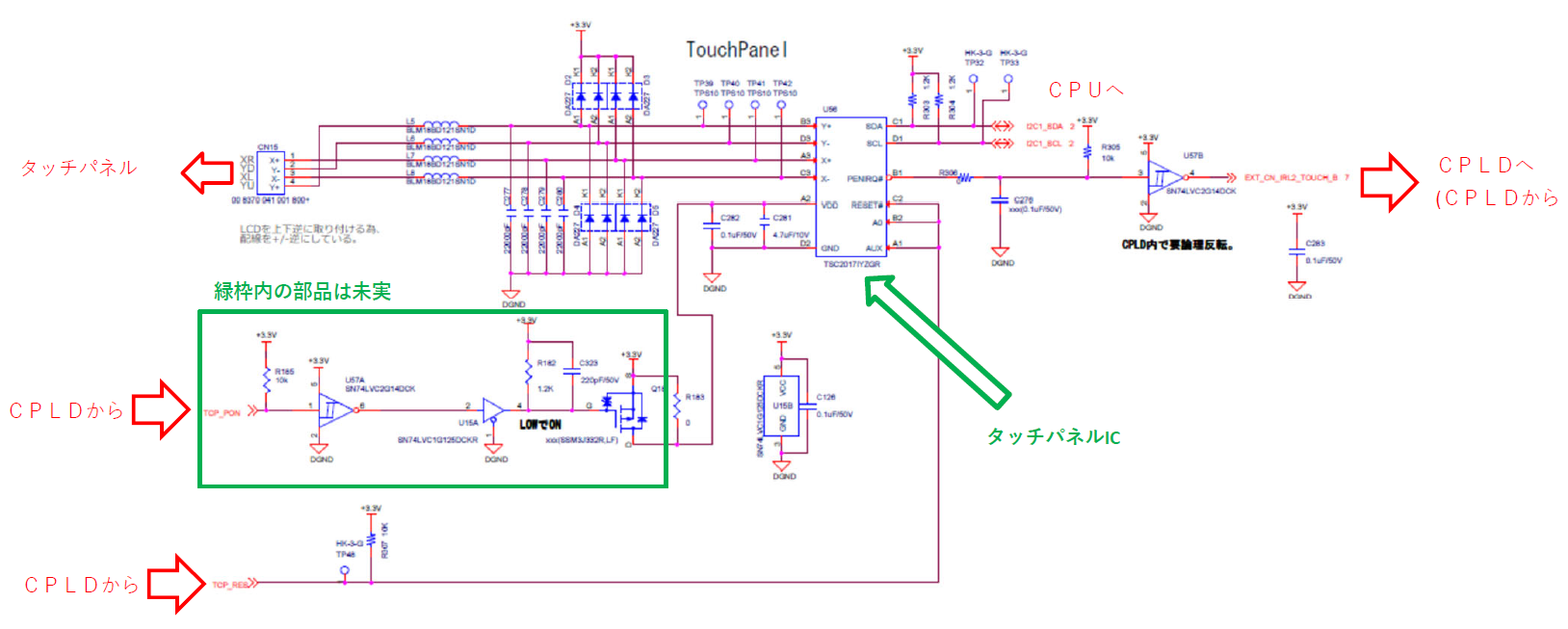Other Parts Discussed in Thread: STRIKE
Hi all,
I would like to know test method based on IEC 61000-4-2.
My customer ran ESD test of ±8kV in-air discharge on the finished product.
As a results, the touch screen froze.
I would like to ask you about the details of the test of TI because I want to compare ESD test with the TI test method.
Could you tell me anything about the circuit configuration and the details of the test?
Best Regards.
Ryusuke




